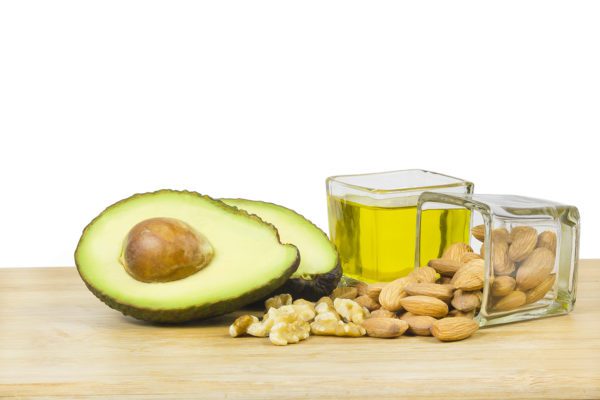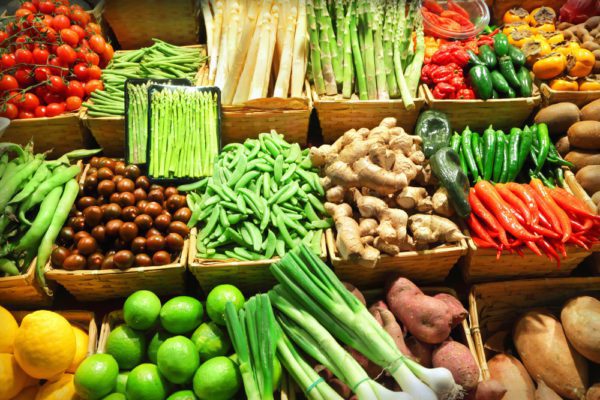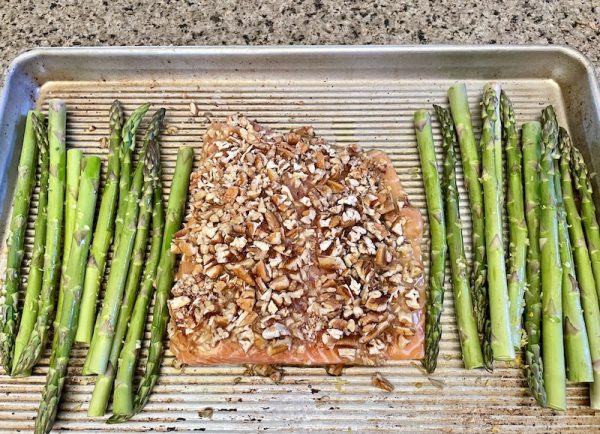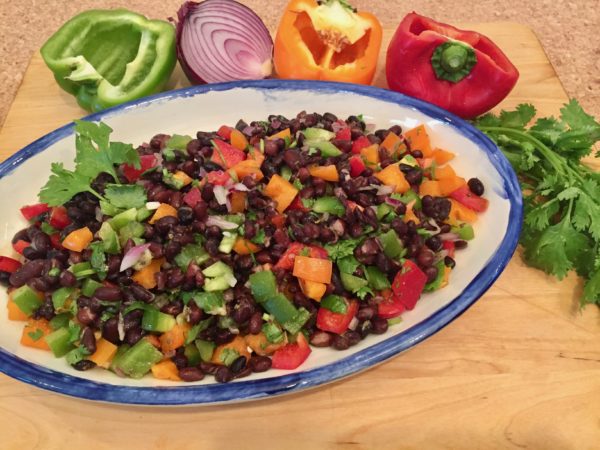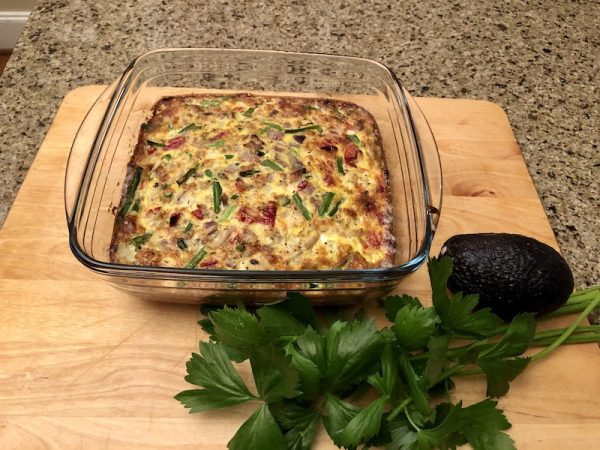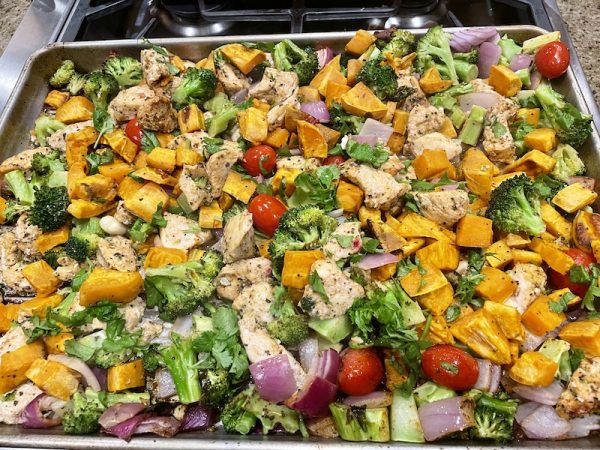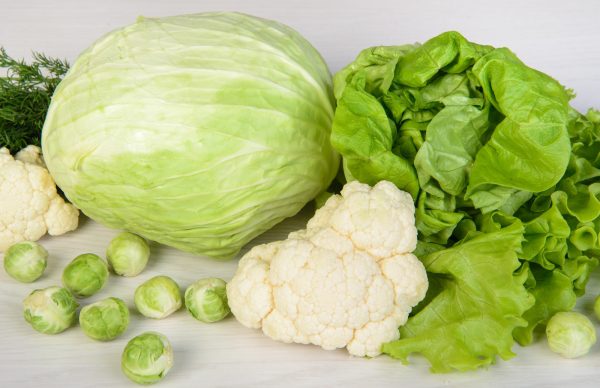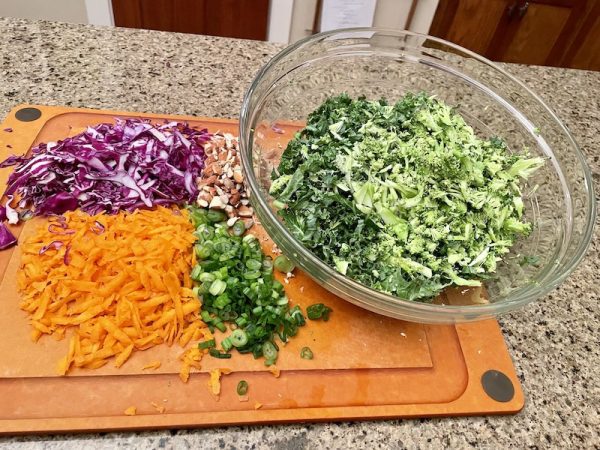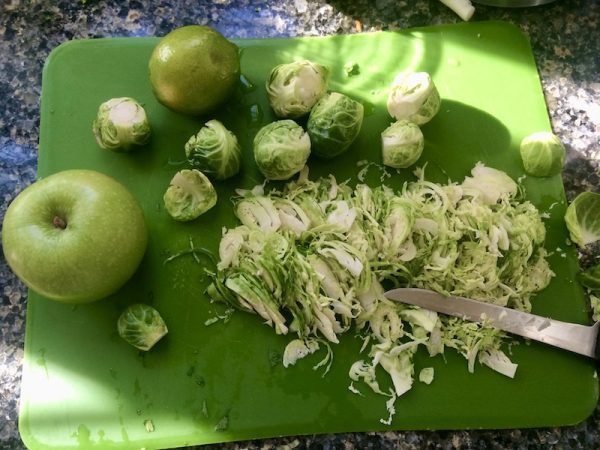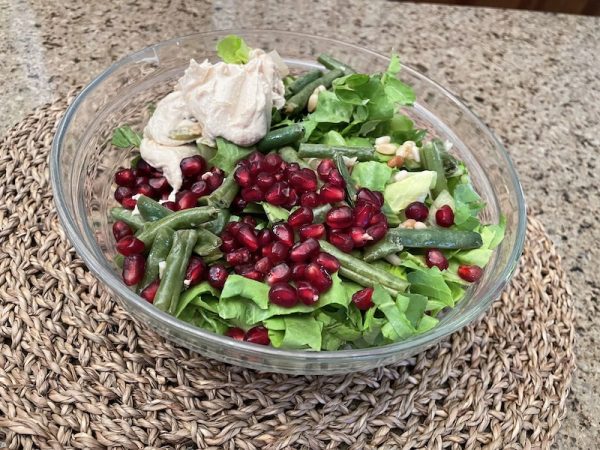‘Tis the season of overeating. Delicious, nutrient-dense soups help flush out toxins from your body and reduce inflammation. The anti-inflammatory and immune-protective micronutrients in rainbow foods and spices support your body’s natural detoxifying and defensive abilities. These soups are also an effective great way to prevent:
- constant cookie nibbling
- waylaid dinner plans
Ahoy the marvelous combinations of GBOMB nutrient-density stars Greens, Beans and Onions!
[su_expanding_quote_book alignment=”right” source_author=”Joel Fuhrman, MD” source_title=”Super Immunity” full_quote=”GBOMBS – an acronym that you can use to remember the best anti-cancer, health-promoting foods on the planet. These are the foods that you should eat every day, making up a significant proportion of your diet. They are extremely effective at preventing chronic disease, including cancer and promoting health and longevity.” short_quote=”GBOMBS – an acronym that you can use to remember the best anti-cancer, health-promoting foods on the planet. These are the foods that you should eat every day, making up a significant proportion of your diet. “]
Yay for mighty spices! Ounce for ounce the flavor compounds in spices have more anti-inflammatories and antioxidants than any other food group. Make or buy spice blends to pack an extra power in each bite. Spice blends
- increase your intake of essential micronutrients
- enhance the anti-inflammatory benefits
- provide a balance of flavors for great tasting food
Think global “flavorprints” – herbs and spices associated with cuisines from different parts of the world
- Asian
- Mediterranean
- Middle Eastern
- Moroccan
Double these recipes to enjoy throughout the week. Or after the first meal, freeze in mason jars for individual servings to defrost as needed.
[su_expanding_quote_book alignment=”right” source_author=”Rebecca Katz” source_title=”The Healthy Mind Cook Book” full_quote=”When using dried herbs and spices add them at the beginning of the process. Heat, especially in combination with a bit of fat, like olive oil, breaks down the oils in the spices and releases them into the food. These oils carry much of the taste and with it the healing benefits of the spice. Fresh herbs like cilantro, mint and parsley are best added at the end to retain maximum flavor and color.” short_quote=”When using dried herbs and spices add them at the beginning “]
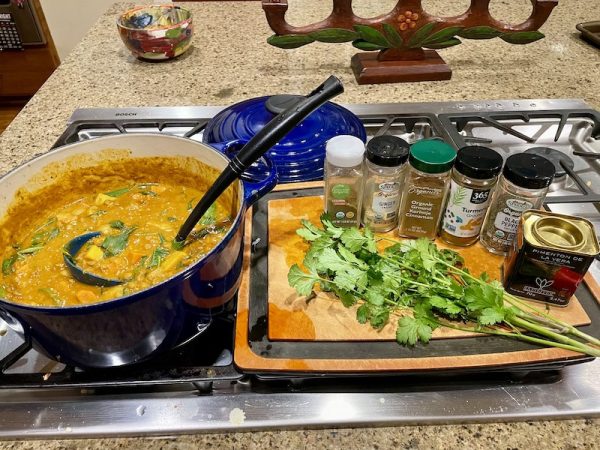
Winter Detox Moroccan Sweet Potato Lentil Soup – Little Spice Jar
The Moroccan flavorprint (cumin, coriander, cinnamon, ginger, turmeric) makes a powerful anti-inflammatory combination. And a sensory delight. Inhale the aromatic fragrance while it is cooking. Hold the warm bowl in your hands knowing it will warm you up from the inside out. Savor each bite for its texture, its flavor and its nourishment.
This recipe is for a slow cooker, but you can make it in a pot on the stove. It’s ready in 45 minutes.
Variations:
- Use pre-diced butternut squash chunks in place of sweet potato
- Use (organic) canned beans (garbanzo, cannellini or kidney beans) instead of brown lentils
- Add ground beef or turkey at the beginning when cooking the onion.
- Top with chopped nuts (pistachio for an extra treat!) and mint or parsley
Tumeric Broth Detox Soup – Feasting at Home
Did you know tumeric is used in Ayurveda to calm, soothe and aid the body in balancing and healing itself?
The Indian flavorprint (chilies, cumin, curry, garlic, turmeric, nutmeg, cinnamon, ginger, anise seeds, cloves, mustard seeds) loads this soup with powerful inflammation fighters that give the liver (I see you holiday cocktails!) a little help.
This is an awesome base recipe that can be changed up many ways:
- Add greens and legumes or basmati rice and lentils
- Add leftover chicken, rice and spinach
- Add shrimp and rice noodles
Green Goddess Soup – Gimme Some Oven
Ever since she was a toddler, my daughter would ask for sopa verde (green soup). To this day it’s still one of her favorites.
Bursting with a triple dose of mighty greens, onions and beans. Cruciferous vegetables like broccoli and cauliflower are in the greens category of GBOMBS. They are loaded with health enhancing enhancing power, including boosting our liver detox enzymes. The lemon really makes a difference both for flavor and detox assistance. Zest the lemon for an extra health boost.
Add toppings for contrast in texture and more nutrient density
- chopped cilantro (or parsley)
- sunflower seeds (pumpkin seeds or chopped nuts)
[su_expanding_quote_web alignment=”full” source_site=”Well and Good” source_url=”https://www.wellandgood.com/lemon-peel-benefits/” full_quote=”The lemon peel contains small amounts of calcium, vitamin C, potassium, and fiber. They’re good for your immune system and digestive system. ” short_quote=”The lemon peel contains small amounts of calcium, vitamin C, potassium”]
Ginger Garlicky Chicken Soup – Rebecca Katz
Chicken soup is my everlasting comfort soup. Variations roam from a simple pot with only a whole chicken, onions, garlic, carrots and celery to putting in an enthusiastic, robust range of rainbow vegetables, herbs and spices.
This recipes is an especially anti-inflammatory recipe. Rebecca Katz is one of my all-time food gurus. She truly is THE master at maximizing flavor, nutrient-density and health boosting properties in every bite. Her books The Healthy Mind Cookbook, and Cancer Fighting Kitchen are some of my go-to resources on global flavor prints and culinary pharmacy.
What are your favorite soup recipes?
For More Empowerment
25 Foods for Detox: Eat This Not That
The Ultimate Detoxification Foods: Dr. Mark Hyman
Originally published December 2020

